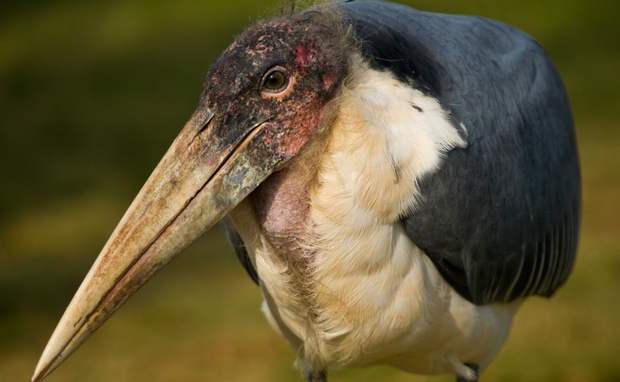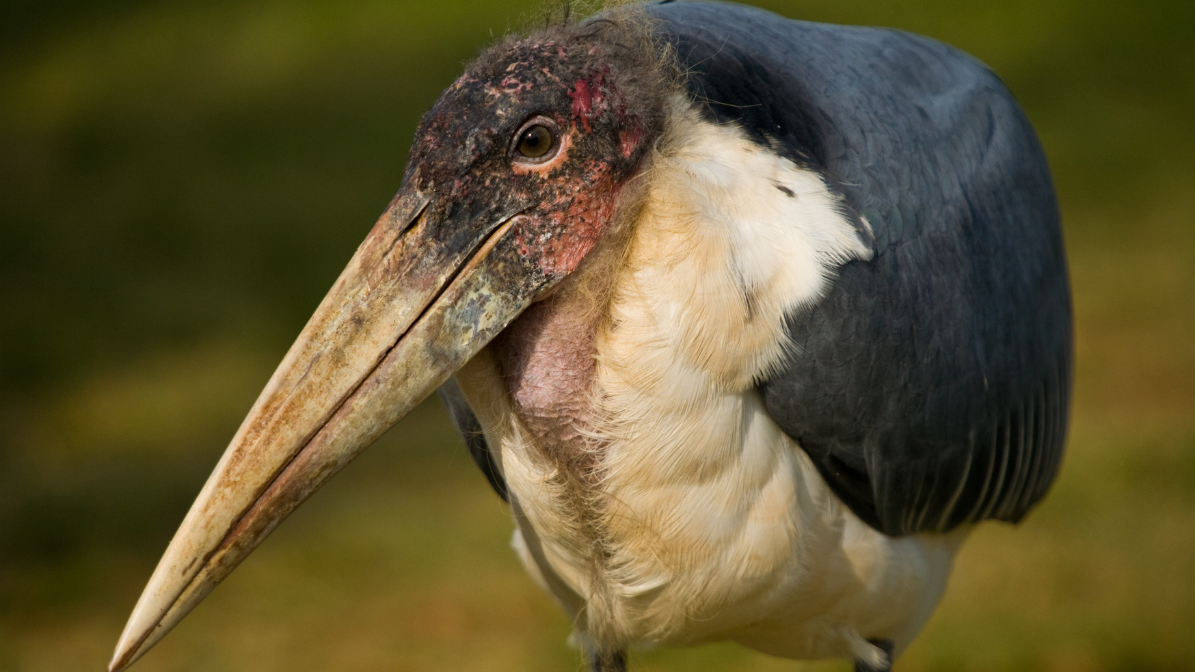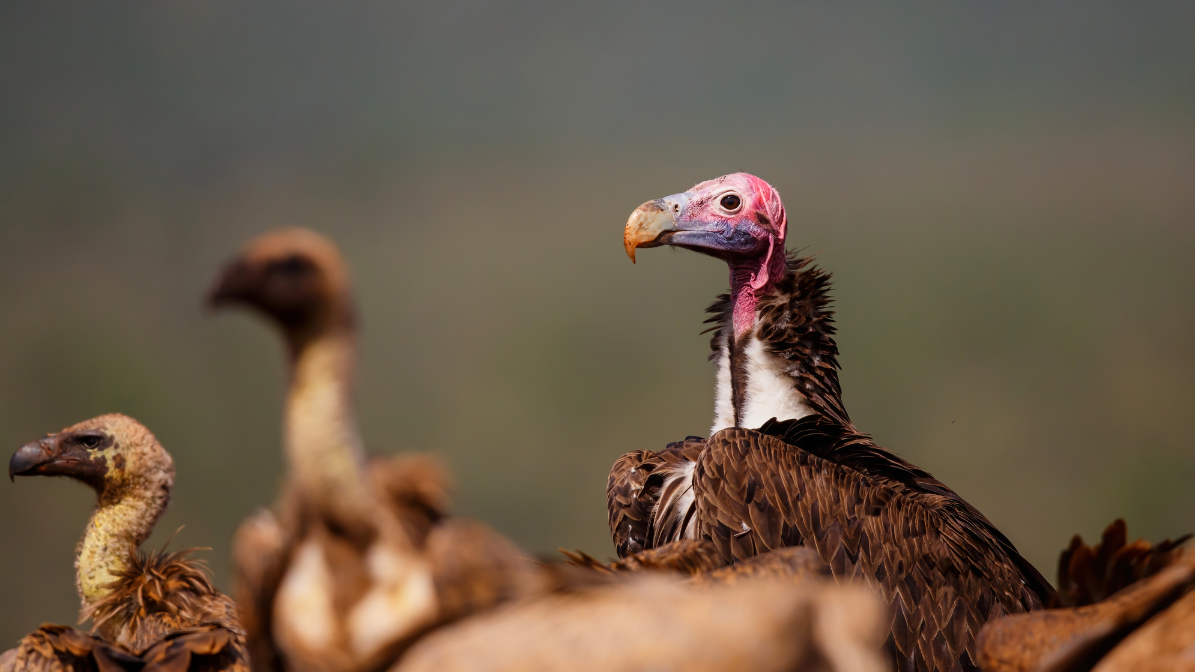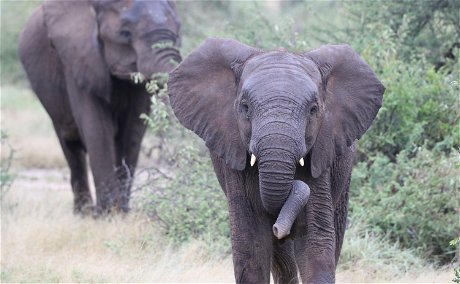Have you ever wondered how our guides manage to find animals in the vast, unfenced wilderness? With thousands of hectares to explore, it’s easy to imagine how challenging it might seem. But for our guides, tracking is a skill honed over years of practice, observation, and connection with the natural world. It’s more than just following footprints—it’s a blend of science, art, and instinct. Let’s take a closer look at the secrets...
Who are the Ugly Five? And why they are worth seeing on safari...

Almost everyone has heard of the Big Five: lion, leopard, buffalo, rhino, and elephant—the most dangerous animals to approach on foot and the top sightings for many safari-goers. But have you heard of the Ugly Five? These creatures may not win any beauty contests, but they’re full of character and play crucial roles in the ecosystem! Let’s dive into why they deserve your attention on safari:
Warthog
Perhaps the most endearing member of the Ugly Five, thanks to a certain famous movie, warthogs still rarely top safari wish lists. With wrinkly skin, wiry hair, sharp tusks curling upward, and alien-like protrusions below their eyes, it’s easy to see how they earned their spot.
However, warthogs are far from unattractive in behaviour. These brave creatures often charge predators to defend their young and have even been known to chase cheetahs off kills to scavenge a meal. Typically, though, they’re seen snuffling in the dirt or digging with their noses while kneeling on their wrists. On hot days, they wallow gleefully in mud to cool off, while in winter, they huddle in cozy piles to conserve warmth.

Spotted Hyena
Hyenas’ reputation suffered greatly thanks to their portrayal in The Lion King, but they are among the most intelligent and intriguing of Africa’s predators. With their sloped backs, thick necks, and ragged fur, they won’t win any beauty awards, and their eerie, cackle-like laughter only adds to their mystique.
Yet hyenas are incredible survivors. Though often labelled as scavengers, they are skilled hunters capable of taking down large prey when necessary. In fact, all big cats scavenge, but hyenas excel at it and are unfairly singled out. They’ve even been observed storing kills underwater to hide them from competitors, showcasing their resourcefulness.
Beyond their feeding habits, hyenas’ matriarchal society is fascinating. Females dominate males and are physically larger. Their powerful jaws can crush bones, recycling calcium and nutrients back into the soil. These misunderstood predators are vital to maintaining balance in the bush.

Marabou Stork
The Marabou Stork is undeniably striking, with its bald, red-spotted head, drooping throat sac, and gangly frame. These features land it a place in the Ugly Five, but its role in the ecosystem is indispensable. Feeding primarily on carrion, Marabou Storks help clean up the bushveld, preventing the spread of disease.
Despite their size, with wingspans up to 2.9 meters, these birds are surprisingly agile. Hollow bones in their legs and toes lighten their load, aiding flight. In extreme heat, they cool off by urinating on their legs, a behaviour known as urohydrosis. Keep an eye out for the telltale white streaks of uric acid next time you see one.

Lappet-faced Vulture
Among all vultures, the Lappet-faced Vulture stands out as the largest and most imposing, earning its place in the Ugly Five. With fewer than 50 breeding pairs left in Kruger, it’s also critically endangered. Its bald, red head adorned with loose folds of skin may seem unappealing, but this adaptation is perfect for its diet. When feeding on carcasses, the lack of feathers prevents blood and bacteria from sticking and makes cleaning easier.
These vultures are late arrivals at feasts but indispensable. Their strong beaks can tear through tough hides, enabling other scavengers to access the meal. Their stomach acid is so potent it can dissolve bones and neutralize pathogens, underscoring their importance in maintaining a healthy ecosystem.

Wildebeest
The humble wildebeest rounds out the Ugly Five with its long face, shaggy beard, devil-like horns, and sloping back. These features may not win aesthetic awards, but they’re evolutionary marvels. The sloping back allows wildebeest to canter effortlessly across vast distances, an essential adaptation for survival.
Unlike their East African counterparts, South African wildebeest form smaller groups and don’t migrate as dramatically. During breeding season, males fiercely defend small territories, marking them with dung piles and standing stoically against predators. This solitary, territorial behaviour adds to their intrigue.
The Ugly Five may not be as glamorous as the Big Five, but they are every bit as fascinating and vital to the ecosystem. On your next safari, take a moment to appreciate these misunderstood creatures. You might just find them as captivating as their more celebrated counterparts.
Words by Emily Whiting
Further Reading
Game drives are often the highlight of any safari experience, and for many, they are the main reason to visit a safari lodge. If you’re a first-time safari-goer, you likely have plenty of questions. In this Guide to Game Drives, we’ll answer some of the most frequently asked questions to help you make the most of your adventure.
Ever wondered about all that safari lingo? Don't get your trunk in a twist! From who are the Big Five (and why) to what they're called in the local language - here's our guide to naming the Big Five.









Share This Post